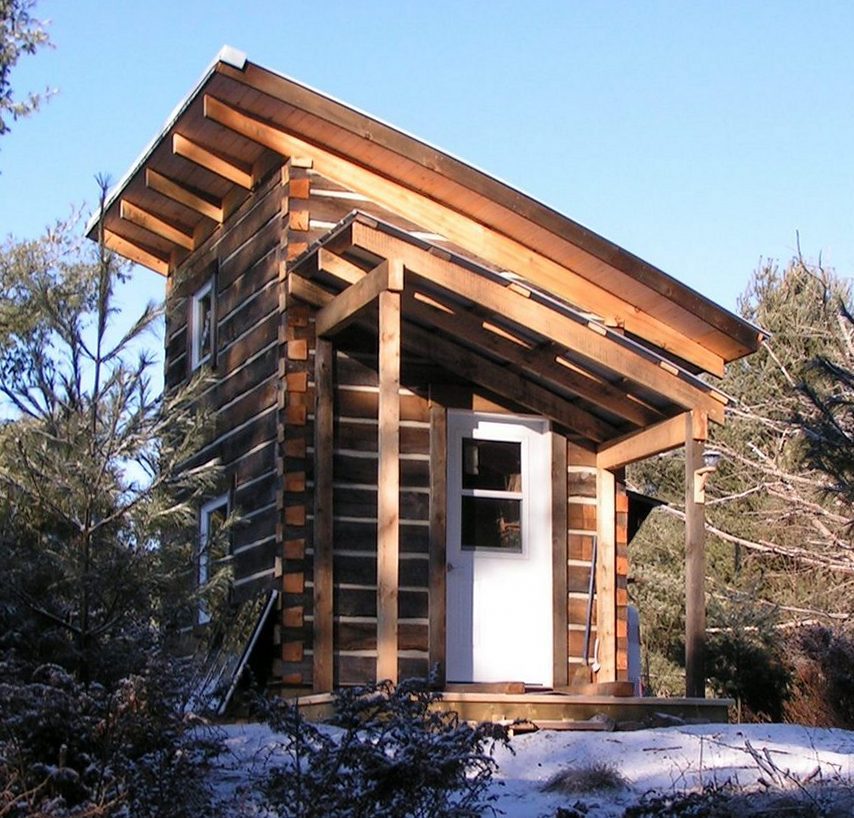Buddhist Women on a Path of Spiritual Awakening
Ethical Footprint
 A prevailing theme of the Buddha’s own life and teachings resounds for his disciples across more than two and a half millenia. Repeatedly, he extols the virtues of dwelling in the wilderness, exhorting us to devote ourselves to solitude, seclusion, and meditation so that we can realize Nibbāna, the Deathless.
A prevailing theme of the Buddha’s own life and teachings resounds for his disciples across more than two and a half millenia. Repeatedly, he extols the virtues of dwelling in the wilderness, exhorting us to devote ourselves to solitude, seclusion, and meditation so that we can realize Nibbāna, the Deathless.
1. “Thus have I heard. On one occasion the Blessed One was living in the Kuru country where there was a town of the Kurus named Kammāsadhamma. There he addressed the bhikkhus thus: “Bhikkhus.”—“Venerable sir,” they replied. The Blessed One said this:
2. “Bhikkhus, this is the direct path for the purification of beings, for the surmounting of sorrow and lamentation, for the disappearance of pain and grief, for the attainment of the true way, for the realisation of Nibbāna—namely, the four foundations of mindfulness.
3. “What are the four? Here, bhikkhus, a bhikkhu abides contemplating the body as a body, ardent, fully aware, and mindful, having put away covetousness and grief for the world. He abides contemplating feelings as feelings, ardent, fully aware, and mindful, having put away covetousness and grief for the world. He abides contemplating mind as mind, ardent, fully aware, and mindful, having put away covetousness and grief for the world. He abides contemplating mind-objects as mind-objects, ardent, fully aware, and mindful, having put away covetousness and grief for the world.
4. “And how, bhikkhus, does a bhikkhu abide contemplating the body as a body? Here a bhikkhu, gone to the forest or to the root of a tree or to an empty hut, sits down; having folded his legs crosswise, set his body erect, and established mindfulness in front of him, ever mindful he breathes in, mindful he breathes out…”Majjhima Nikāya 10. Satipaṭṭhāna Sutta:
The Foundations of Mindfulness
Due to the extremes of Canada’s winters, and as bhikkhunis, we do not use the roots of trees as a resort, but we have empty huts. Thanks to the kind generosity of our community, this winter we have two log kutis* styled after the early settlers’ wooden log houses – apart from a smaller footprint of 108 square feet, metal roof and modern double-hung windows. The locally-grown pine logs are dovetailed in traditional fashion and built to last for generations of meditating monastics.
We are happy to be testing them during our winter retreat. They are superbly suited to forest-dwelling and contemplative practice. Though designed for sustainability and care of the earth, above all, inside these tiny spaces we are eager to reduce the kilesa* footprint in our minds.
*kuti: meditation hut
*kilesa: mental hindrance ie. greed, hatred, delusion, anxiety, restlessness, pride, selfishness…
